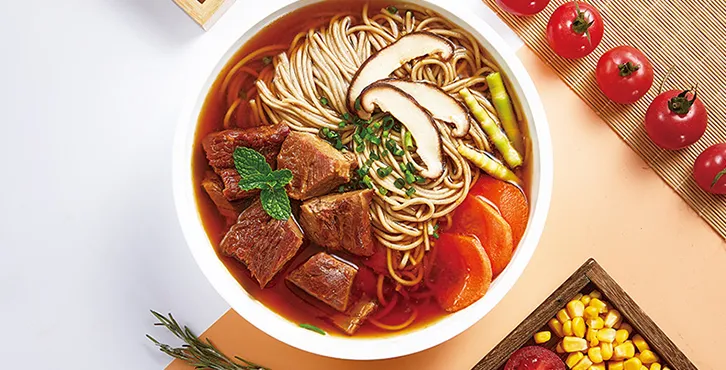udon
The Delightful World of Udon A Journey into Japanese Cuisine
Udon is more than just a type of noodle; it is a cultural emblem that embodies the essence of Japanese culinary tradition. Characterized by its thick, chewy texture and moderate width, udon noodles are typically made from wheat flour, water, and salt. Originating from China, these noodles have journeyed into the heart of Japan, evolving into a beloved staple that finds its way into homes and restaurants across the archipelago.
The history of udon can be traced back to the 9th century, when it was introduced to Japan by Buddhist monks returning from their travels. Initially seen as a form of wholesome sustenance, udon quickly evolved into a dish embraced by the Japanese populace. Today, the noodles are celebrated for their versatility and ability to absorb flavors, making them the perfect companion for a variety of broths, sauces, and toppings.
The preparation of udon is an art form in itself. Traditional udon makers often begin their process by kneading the dough until it achieves the perfect consistency. The dough is then allowed to rest, a crucial step that helps develop its characteristic chewy texture. After resting, the dough is rolled out and cut into thick strands, resulting in the delightful noodles we know and love. This craftsmanship is often passed down through generations, showcasing the dedication and skill involved in creating high-quality udon.
One of the most common presentations of udon is in a steaming bowl of udon soup, where the noodles swim in a savory broth made from dashi, soy sauce, and mirin
. Toppings can vary from regional specialties to seasonal ingredients, ranging from green onions and tempura to kamaboko (fish cake) and soft-boiled eggs. This flexibility allows each bowl of udon to be a unique representation of local flavors and traditions.udon

In addition to udon soup, there are also several cold dishes that highlight these noodles. One popular preparation is zaru udon, where chilled udon is served on a bamboo mat alongside a dipping sauce called tsuyu. This refreshing option is particularly popular during the hot summer months, providing a delightful contrast to the warm, hearty soup variations enjoyed throughout the colder seasons.
The popularity of udon has transcended geographical boundaries, and you can now find it in restaurants around the world. Many chefs put their own spin on the traditional dish, experimenting with flavors, textures, and presentations. For example, some establishments may offer curry udon, where the noodles are paired with a rich and spicy Japanese curry sauce, or even fusion dishes that incorporate ingredients from diverse culinary traditions. Regardless of the variations, the essence of udon remains, bringing comfort and satisfaction to those who partake in it.
Beyond its deliciousness, udon serves as a means of connection. It is often enjoyed during family gatherings, celebrations, and festivals, acting as a culinary bridge that brings people together. Sharing a bowl of udon can cultivate a sense of community and hospitality, reflecting the values of warmth and togetherness that are integral to Japanese culture.
As the global appreciation for Japanese cuisine continues to grow, so does the love for udon. Whether you are savoring a bowl in a bustling Tokyo eatery or enjoying a homemade version in your kitchen, udon is a delightful experience that transports you to the heart of Japan. With its rich history, versatile preparations, and ability to foster connection, udon remains a testament to the beauty of simplicity in culinary traditions. So, next time you find yourself with a bowl of steaming udon, take a moment to appreciate the journey these wonderful noodles have taken, and the joy they bring to countless palates around the world.
-
Unleash Your Inner Chef with Delectable Italian Pasta CreationsNewsAug.01,2025
-
Savor Health and Flavor: Irresistible Soba Noodles for Sale Await!NewsAug.01,2025
-
Nourish Your Body with Premium Organic Ramen - A Culinary Delight AwaitsNewsAug.01,2025
-
Elevate Your Dishes with Our Exquisite Kinds of Egg NoodlesNewsAug.01,2025
-
Dive into Flavorful Convenience with Our Ramen OfferingsNewsAug.01,2025
-
Discover Exquisite Types of Naengmyeon and Chilled Soba NoodlesNewsAug.01,2025
-
Is Whole Wheat Pasta Healthy?NewsMay.30,2025
Browse qua the following product new the we

















































































































